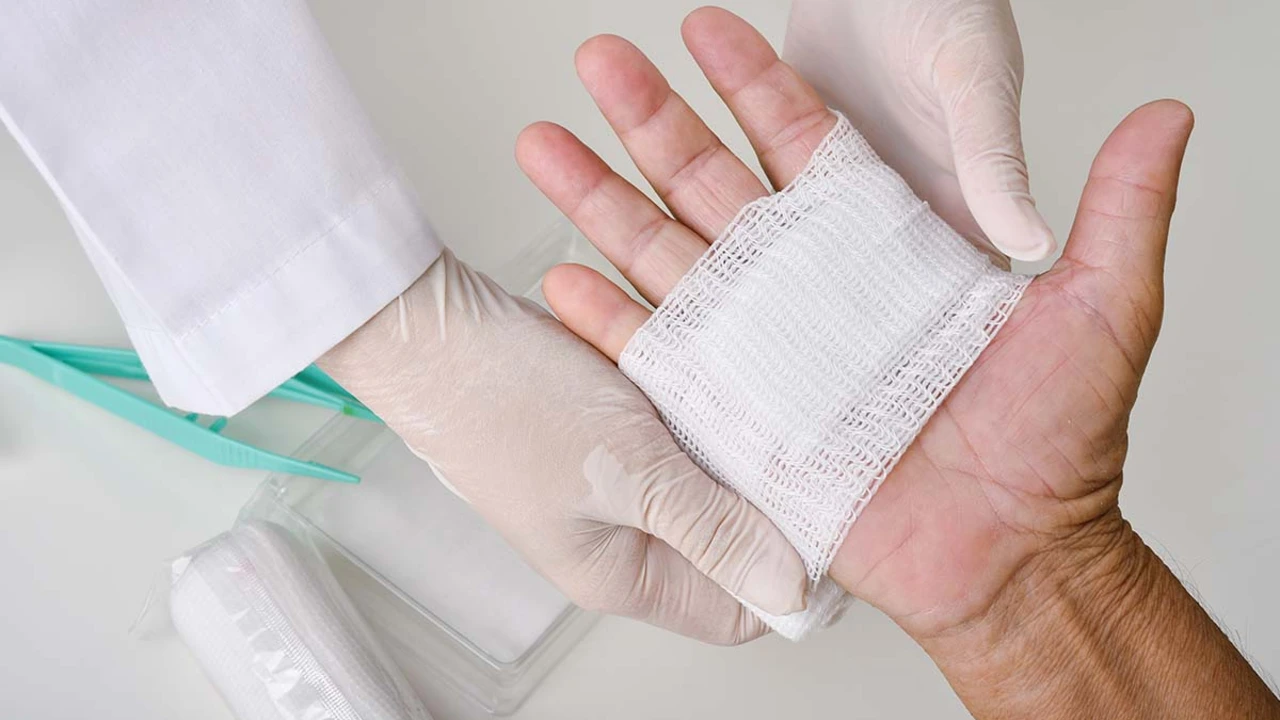Skin Infections: simple help for red, itchy, or sore skin
Redness, itching, blisters or flaky patches on the skin can come from lots of causes. Some are minor and easy to treat at home. Others need prescription meds fast. Below you’ll find clear signs, basic care steps, and smart ways to get treatment or lower drug costs without risking your health.
What usually causes skin infections — and how they act
Bacterial infections (like impetigo or cellulitis) often start as a cut that gets red, swollen, hot and painful. If the redness spreads quickly or you get a fever, see a clinician — oral antibiotics may be needed.
Fungal infections (athlete’s foot, ringworm, yeast) cause itching, peeling, or circular rashes. Over-the-counter antifungal creams work for many cases, but stubborn or recurrent infections sometimes need oral drugs. For readers exploring options, our Fluconazole Alternatives piece compares real alternatives when fluconazole isn’t right.
Viral skin problems (cold sores, shingles) usually show as grouped blisters and can be painful. Antiviral pills like valacyclovir shorten outbreaks when started early. For buying and keeping costs down, see our Valacyclovir Cost guide for coupons and mail-order tips.
Minor skin injuries and bruises aren’t infections but can invite bacteria if not cleaned. Simple wound care — clean with soap and water, apply an antibiotic ointment and a clean dressing — helps most small wounds heal without trouble.
Practical care, prevention, and safe ways to get medicine
Do basic first aid: clean wounds, keep the area dry when dealing with fungal infections, avoid sharing towels or razors, and change socks daily if you sweat a lot. Don’t keep using an antibiotic cream for weeks without checking with a doctor — that can hide problems or fuel resistance.
If you need prescription meds, use licensed pharmacies only. Check for accreditation, read reviews, and insist on a valid prescription. Our guide checking online pharmacy safety (Is CanPharm.com Legit?) explains what to look for and common red flags. For cost-saving, compare local coupons, insurance, and reputable mail-order pharmacies rather than risky overseas sellers.
Natural remedies like arnica or plantain can help minor bruises or skin irritation but don’t replace medical treatment for real infections. Read our articles on Arnica and Buck's-Horn Plantain for proper uses and limits.
Get urgent help if you see rapidly spreading redness, red streaks toward the heart, high fever, severe pain, numbness, or pus that won’t stop. For persistent or recurrent skin issues, ask your doctor about testing (culture or fungal exam) so treatment targets the right cause.
Want specific reads? Check our posts on fungal vs. viral treatment choices, cost-saving tips for antivirals, and how climate change is shifting fungal infection patterns. Practical info beats guesswork — and fast treatment prevents complications.
Hi, I am a healthcare blogger and today I want to bring your attention to a crucial aspect of maintaining wellness - proper wound care. It's not just about bandaging a scrape or stitch; proper wound care plays a pivotal role in preventing serious skin infections. In this article, we'll dive into practical tips on maintaining wound hygiene and explore advanced preventative measures. Don't overlook the essentiality of caring for even minor wounds, because preventing skin infection starts with proper wound care.



